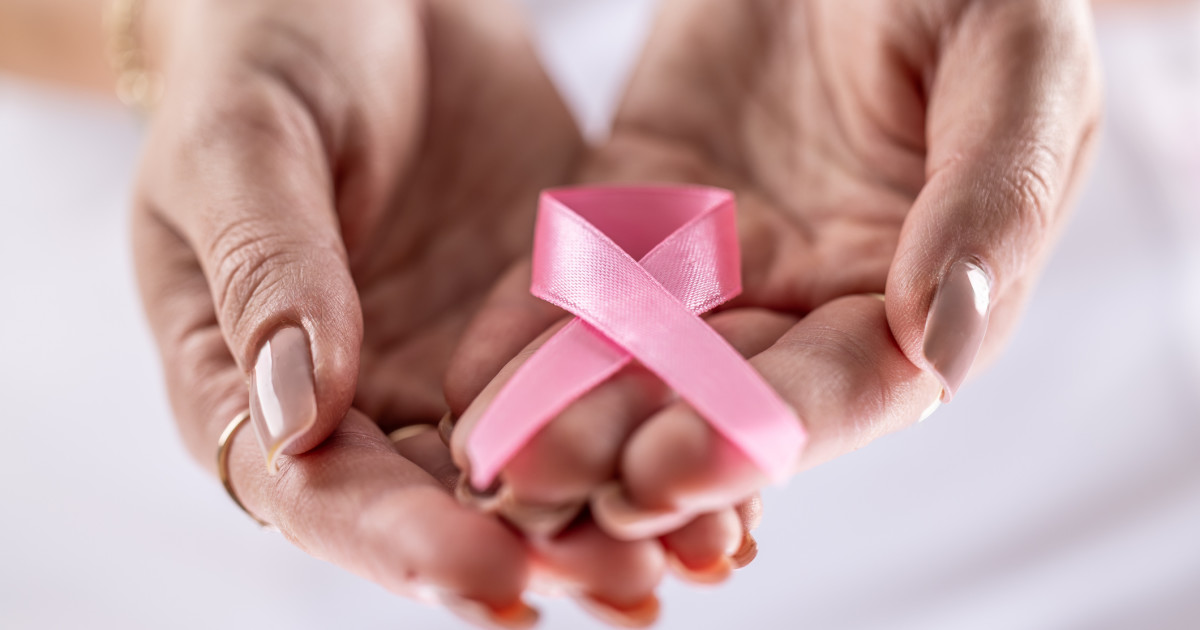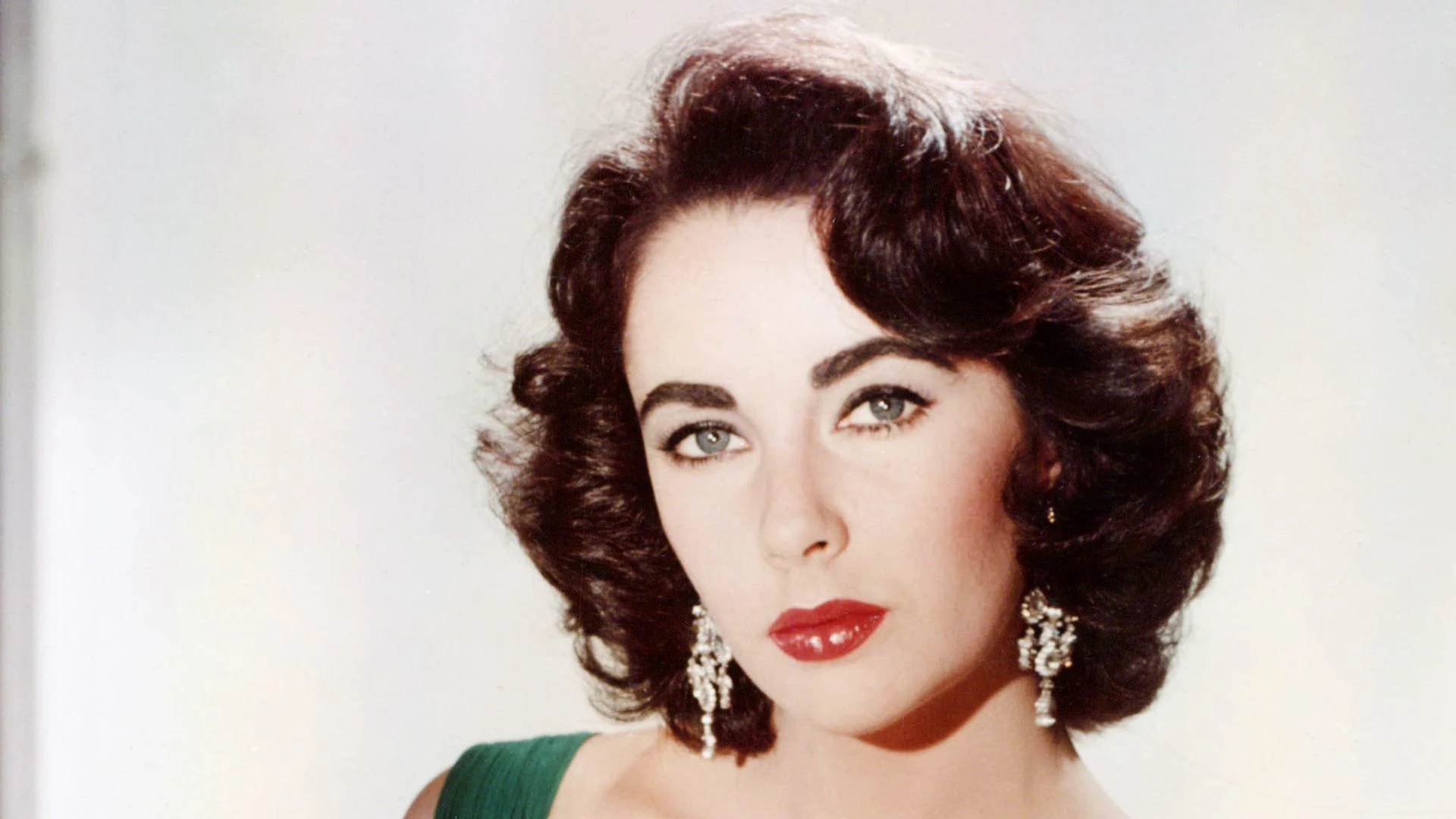Copyright Parade

Key Points High-glycemic foods may indirectly increase breast cancer risk, especially for women over 50. Dr. Subhedar recommends limiting foods like white bread, sugary cereals, pastries and soda. Swapping for whole grains, vegetables or a Mediterranean diet can help lower risk. Each October, the stats play on a constant loop: 1 in 8 women will develop breast cancer, and those risks increase with age. For some, breast cancer is constantly top-of-mind, especially if they know they are at an increased risk because the disease runs in their families. We can’t control our gene pool, which can feel defeating at times. However, one breast surgical oncologist wants to help women over 50 feel empowered to take the reins of their health with lifestyle tweaks. “Diet is one of the few risk factors that we have control over,” explains Dr. Preeti Subhedar, MD, the chief of breast surgery with the Central Region of Hackensack Meridian Health. She notes that food habits can also shift our risks for other chronic illnesses, including cardiovascular disease and Type 2 diabetes, both of which rise as estrogen falls during perimenopause. However, the pendulum swings both ways—eating nourishing foods can make it less likely we develop conditions like breast cancer, and some foods can put us at a higher risk. While Dr. Subhedar isn’t advocating for the full-on elimination of all of your favorite meals and snacks, she does wish women over 50 would eat less of one food type. She shares the food, why it might contribute to an increased risk of breast cancer and delicious food swaps. Related: ‘I’m a Breast Oncologist—This Is the One Food I Wish Women Over 50 Would Eat More Of’ The One Food a Breast Oncologist Wishes Women 50+ Ate Less Of “Limit foods with a high glycemic index such as white bread, white rice, bagels, pastries, sugary cereals and drinks,” Dr. Subhedar says. If you’re wondering, “What’s the glycemic index?,” we’ve got you. Dr. Subhedar shares that the glycemic index (GI) measures how quickly food raises your blood sugar, explaining, “Foods with a high GI cause blood sugar to go up quickly, leading to a surge in the release of insulin. Foods that have a low GI release sugar slowly, keeping insulin levels stable over a long period of time.” 🩺SIGN UP for Parade’s health newsletter with expert-approved tips, healthy eats, exercises, news & more to help you stay healthy & feel your best self💊 Can High-Glycemic-Index Foods Cause Cancer? Dr. Subhedar reports that the link between high glycemic foods and breast cancer risk isn’t as direct as smoking and lung cancer. However, there is some research to support the idea that insulin spikes—which high GI foods can contribute to—can increase risks for breast cancer and lower a woman’s odds of survival if she does develop the disease. “Foods that have a high GI promote the release of insulin and insulin-like growth factor 1 (IGF-1), both of which lead to unregulated growth of abnormal cells, such as cancer cells,” Dr. Subhedar explains. “High GI foods can also promote inflammation and the release of free radicals, leading to a cellular environment that helps cancer cells form.” She also notes that high GI foods can contribute to obesity, sharing, “Fat cells produce estrogen, which increases the risk for breast cancer.” It’s hard to say “just one thing” causes cancer, and pinning it on food choices can trigger a whole lot of unnecessary shame. That said, insights can help you make informed, empowered choices about your health. “The bottom line is that high GI foods indirectly increase cancer risk by promoting the growth of cancer cells, creating inflammation and producing estrogen,” Dr. Subhedar says. That doesn’t mean that an occasional trip to the local bakery is off the table. “Since the risk between high GI foods and cancer is indirect, you don’t have to obsess over the GI of every food that you eat,” she shares. “As long as these types of foods are not part of your daily diet, an occasional bagel is OK.” Related: The Dietary Habit Change a Registered Dietitian Is Begging People Over 50 To Make ASAP What To Eat To Lower Your Breast Cancer Risk The idea that high-GI foods can increase breast cancer risk may have you running to the pantry in panic. Dr. Subhedar doesn’t want that for you. “Instead, develop healthy habits that you can stick to in your daily life,” she says. She shares that foods with a low GI include: Leafy green vegetables Whole grains Beans Fruit Dr. Subhedar suggests swapping foods high in GI for some of the above, such as replacing: top recommendations are to swap out: Potatoes with mashed cauliflower White rice with quinoa or brown rice Soda with water with lemon and mint Salt with fresh herbs like rosemary, mint and dill If you’re looking for a specific “diet,” Dr. Subhedar suggests reading up on the Mediterranean Diet. “The Mediterranean Diet is the closest diet that helps to limit foods with high GI and promotes eating foods with a low GI,” she explains. “It is primarily plant-based, uses healthy fats (such as olive oil), and limits red and processed meats.” Research suggests that a Mediterranean diet could lower the risk of breast cancer, especially in postmenopausal people. Related: Over 60? Doctors Say This One Daily Drink Could Be Weakening Your Bones Other Tips To Lower Breast Cancer Risk No one food causes breast cancer, and no one habit will prevent it. Dr. Subhedar prefers a holistic approach. Besides diet, she suggests: Maintaining a healthy weight to help lower your odds of cancer and other diseases like Type 2 diabetes, Trying to log at least 150 minutes per week of moderate-intensity exercise per week Limiting alcohol intake to one drink per week—or none at all. Together, these habits can put you in the driver’s seat of your health, lower your risk of breast cancer and increase your chances of beating if you do develop it. Up Next: Sources:



